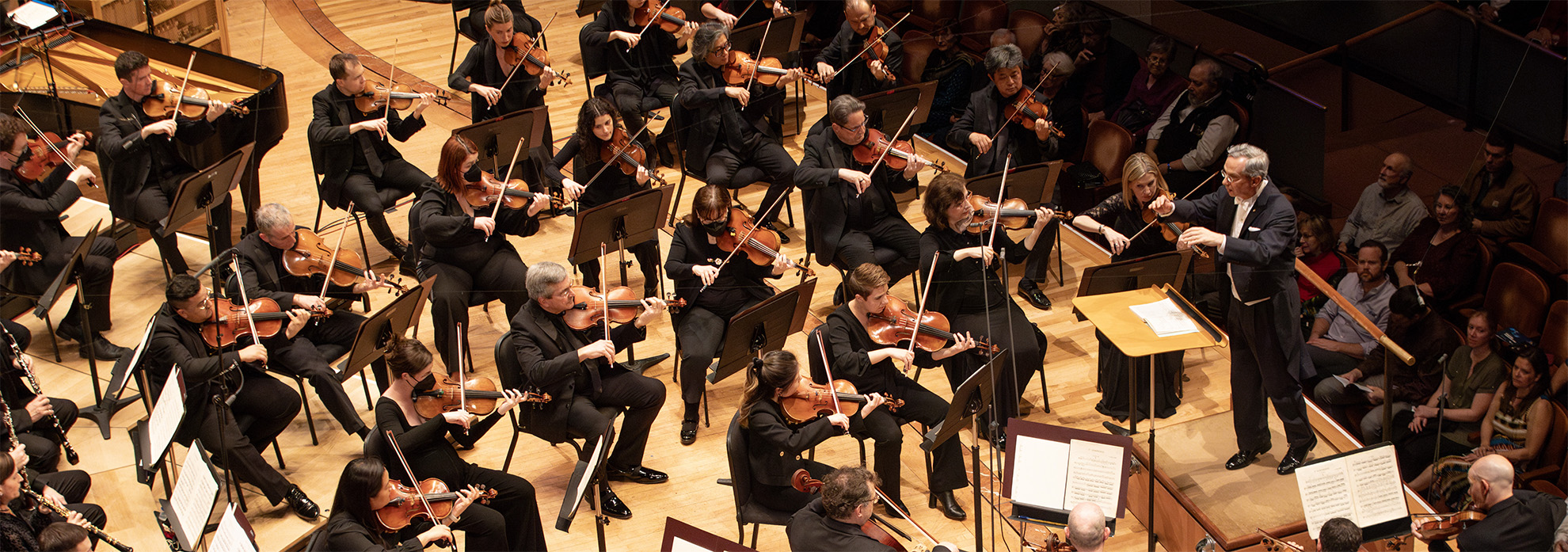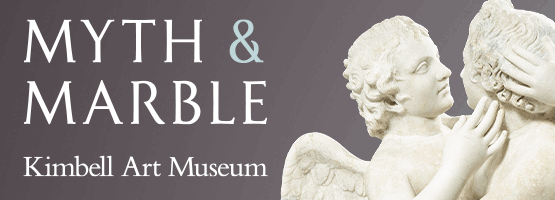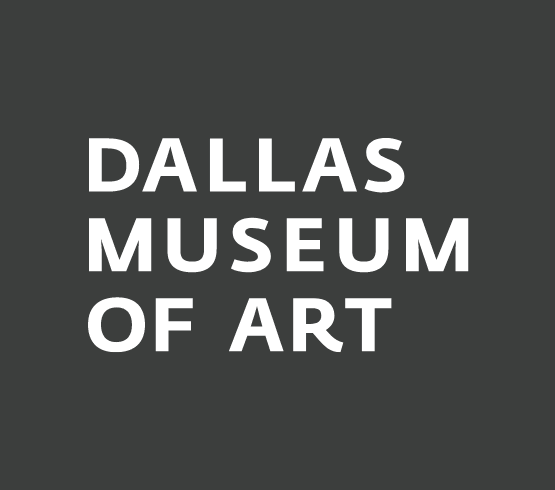The Dallas Symphony Orchestra is heading for a red-letter day: May 22 will mark the 125th anniversary of the group’s first concert. Salutes to the orchestra’s long history, including nods to legendary figures who appeared with it, will pop up throughout the coming season.
A program next spring will look back to Jan. 12, 1956. That’s when one of the most celebrated musicians of the 20th century, violinist Jascha Heifetz, soloed in the world premiere of a violin concerto written for him by Miklós Rózsa, whose works bridged the concert hall and movie screen. (Think the Charlton Heston swords-and-sandals vehicle Ben-Hur.) The orchestra will bring back the lush concerto (March 26-28, 2026) with Amaryn Olmeda, a teenaged violin prodigy who has soloed with the Philadelphia Orchestra and Cleveland Orchestra, as soloist.
Music director Fabio Luisi and the orchestra’s other leaders have been sifting through the archives since 2022 to come up with historical gems, says chief artistic officer Katie McGuinness.
“This was an amazing journey…going through our history,” McGuinness says. And the Heifetz tidbit came from a colleague of McGuinness’ at another orchestra, who stumbled across it and alerted her. “That’s the beauty of our business,” she adds. “We’re friends, and we’re always in touch with each other.”
After spearheading relatively small-scale efforts such as chamber music concerts, Kreissig went big by gathering 40 musicians for a concert May 22, 1900. That first program included Joseph Haydn’s Symphony No. 92, the so-called “Oxford” Symphony.
In honor of the occasion, today’s Dallas Symphony will bring back Haydn’s buoyant but rarely played “Oxford,” which Haydn conducted at the venerable university as a thank-you for an honorary degree, in Luisi’s first program of the season (Oct. 2 and 5). Honoring a more recent musical icon, Luisi and company will draw an entire program (April 30-May 3, 2026) from a concert that Igor Stravinsky conducted on March 17, 1946—when, as the Dallas Morning News reported, a last-minute crush at the box office delayed the start for 20 minutes. The program centers on Stravinsky’s Firebird Suite.
Other programs will recall past Dallas Symphony directors. Georg Solti may have won his greatest fame at the helm of the Chicago Symphony and European ensembles, but before that, he led the Dallas Symphony in 1961-62. His first concert included Beethoven’s Egmont Overture, which will open this year’s DSO Symphony Gala concert (Oct. 4). Luisi will tip his hat to his predecessor Andrew Litton, the orchestra’ music director from 1994 to 2006, by recalling a big event of Litton’s tenure: the Dallas Symphony’s first performance of Gustav Mahler’s Symphony No. 8, dubbed the Symphony of a Thousand in honor of the colossal orchestral and vocal forces it requires.
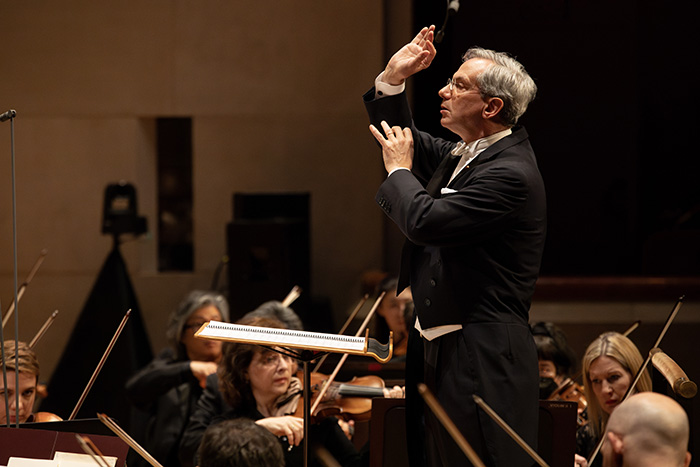
1 ⁄2
Fabio Luisi, Music Director of the Dallas Symphony Orchestra. Photo courtesy of the DSO.
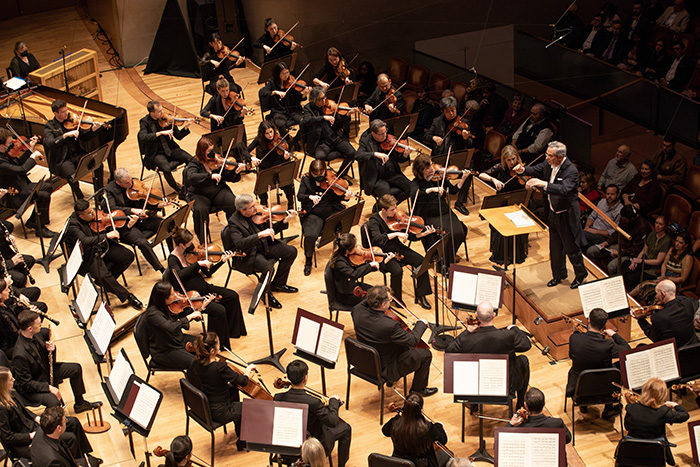
2 ⁄2
Dallas Symphony Orchestra; Photo courtesy of the DSO.
Mahler’s symphonies—nine of them, plus an unfinished one that others have completed—are touchstones of the orchestral repertoire, each of them covering a broad sonic and expressive range. “A symphony should be like the world. It must embrace everything,” Mahler once said. His own symphonies generally last more than an hour, and several bring in singers to expand the canvas. Luisi and company will start their journey with the Fourth (Oct. 2 and 5), and the Symphony of a Thousand will bring the festive season’s climax (May 15 and 17, 2026). Following seasons will bring more installments.
Also under the rubric of massive symphonies, Luisi and company will turn to something of a kindred spirit of Mahler’s by performing Anton Bruckner’s sonorous Symphony No. 9 (Jan. 15-16, 2026). At the more compact end of the spectrum, Mozart’s “Haffner” Symphony (May 7-10, 2026) will cap off a program spotlighting two members of the orchestra: violinist Nathan Olsen in a Bach concerto and trumpeter Stuart Stephenson in a Haydn concerto.
The season will bring a half-dozen world premieres, including an anniversary commission by former composer in residence Angélica Negrón (Oct. 16-18). In her half-hour work for orchestra, chorus and four solo singers, she will “invite listeners to pay attention and tune in to their natural environment through sound,” Negrón writes. Her score will evoke “sounds of species and landscapes that are no longer part of our contemporary sonic environment … from birdsongs and whale calls to the sounds of forests (some now felled) and oceans (some now overfished).”
“Karen came to us with this idea,” McGuinness says. Bentley “was incredibly influential, but then got lost to history. Karen Slack wanted to bring her back to the surface and celebrate her life and her music.” With the topic and composer coming from outside the typical classical-music circles, the score will “have a different flavor that we’re perhaps not as used to on our classical subscription series,” McGuinness adds. “And it’s going to be conducted by (former Baltimore Symphony music director) Marin Alsop, who is so open and great with these new ideas and different styles.”
Bostic isn’t the first composer to straddle the classical and popular worlds, of course. Pianist Inon Barnatan will join Luisi and the orchestra to showcase the iconic example: George Gershwin and his Rhapsody in Blue (Oct. 9-12). In a different vein, a minimalist classic will finally get its Dallas Symphony premiere when David Robertson, former leader of the St. Louis Symphony, conducts John Adams’ Harmonielehre (Sept. 12-14).
“They went through this epic, challenging journey together, and because of that, they built this enormous trust and understanding,” McGuinness says. “So now, when Fabio gets on the podium … they know what he’s looking for. Just a look is all they need from him, because they understand him. And he understands them. He knows what they need to play at their best.”
—STEVEN BROWN

